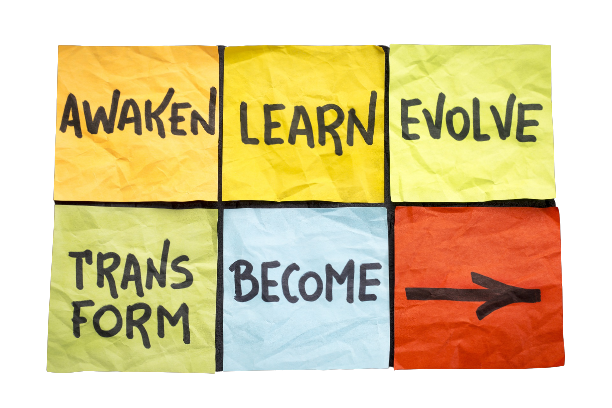Conflict is a natural part of human interaction. Whether in the workplace, at home, or in personal relationships, disagreements often arise when people approach situations from different perspectives. The key to resolving conflict isn’t avoiding it—it’s understanding it. That’s where the DISC assessment becomes a powerful tool.
Why Conflict Happens
At its core, conflict often stems from differences in communication styles, priorities, and emotional triggers. A detail-oriented person may get frustrated by someone who focuses on speed over accuracy. A bold, results-driven leader may clash with a cautious, supportive team member. Without a framework to understand these differences, frustration builds and productivity suffers.
How DISC Helps
The DISC model categorizes behavior into four primary styles:
-
Dominance (D) – direct, decisive, results-driven
-
Influence (I) – outgoing, enthusiastic, persuasive
-
Steadiness (S) – patient, dependable, supportive
-
Conscientiousness (C) – analytical, detail-focused, precise
By identifying which styles are at play in a conflict, individuals and teams can quickly shift from judgment to understanding. Instead of assuming “they don’t care” or “they’re being difficult,” people can recognize: this is just how they process and communicate.
Practical Applications in Conflict Resolution
-
Identifying Communication Gaps – A “D” style may want quick solutions, while an “S” style prefers thorough discussion. Knowing this prevents impatience from one side and overwhelm from the other.
-
Adjusting Approaches – A “C” style may need data and logic before agreeing, while an “I” style may respond better to encouragement and collaboration. Adjusting tone and method bridges gaps.
-
Reducing Emotional Escalation – When people feel understood, emotions cool down faster. DISC gives teams a neutral language for differences, reducing blame and defensiveness.
-
Building Long-Term Trust – Consistently applying DISC insights fosters respect. People learn to value diversity of thought instead of seeing it as a source of friction.
Real-World Example
Imagine a project team where a high “D” manager pushes for immediate results while a high “C” analyst wants to double-check every detail. Without DISC, this could spiral into conflict—“You’re slowing us down!” vs. “You’re being reckless!” With DISC awareness, the manager can pause and recognize the analyst’s need for accuracy, while the analyst can prioritize the most critical data to keep the project moving. Conflict turns into collaboration.
Final Thought
Conflict will never disappear, but it doesn’t have to derail relationships or performance. By using DISC assessments, individuals and teams gain a practical framework for understanding differences, adjusting communication, and finding common ground. Instead of conflict being a destructive force, it becomes a catalyst for growth and stronger connections.
